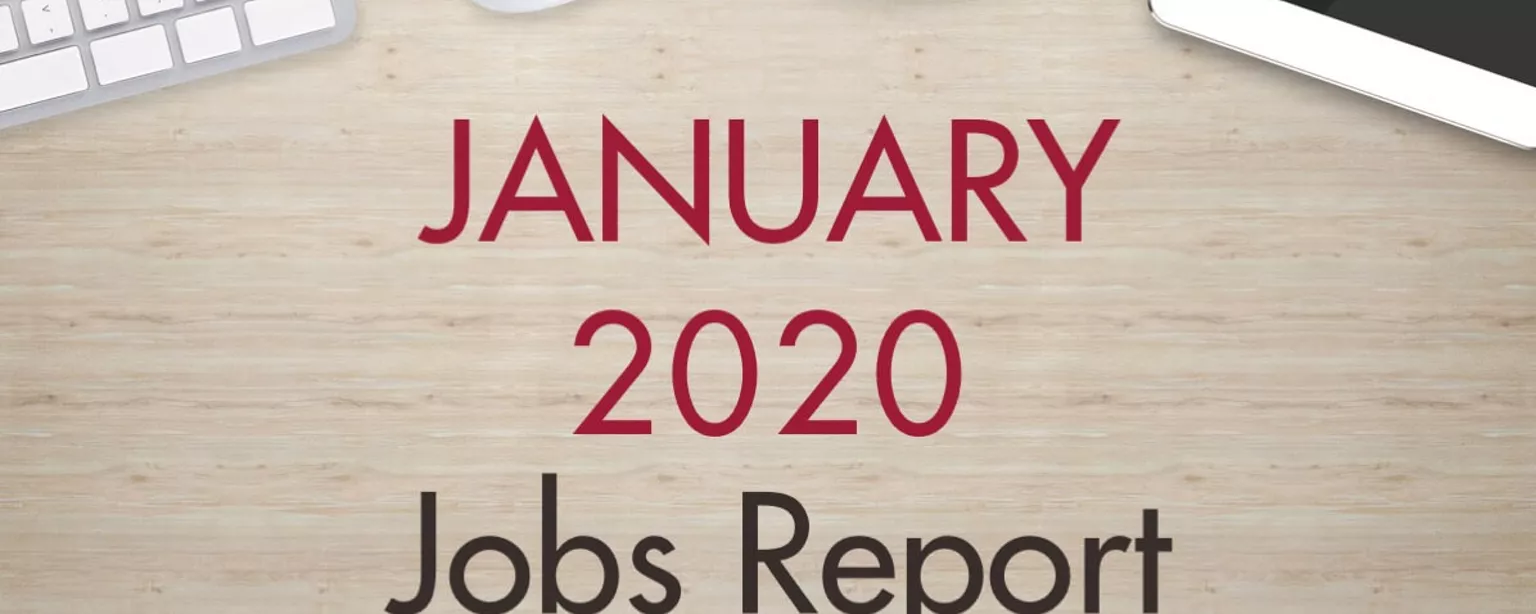Employers added 225,000 jobs in January 2020, according to the Bureau of Labor Statistics (BLS).
New job creation in November and December 2019 was also higher than previously reported — by 7,000 positions. After revisions, job gains have averaged 211,000 over the last three months.
The following sectors saw the largest gains in employment last month, according to the BLS:
- Education and health services: 72,000 jobs added
- Construction: 44,000 jobs added
- Leisure and hospitality: 36,000 jobs added
- Transportation and warehousing: 28,300 jobs added
- Professional and business services: 21,000 jobs added
Unemployment rate ticks up slightly to 3.6%
The unemployment rate for January rose to 3.6%, up slightly from 3.5% the month before.
The unemployment rate for college-degreed workers who are 25 or older also increased slightly to 2.0%, from 1.9% in December. These workers are in highest demand by employers.
Many in-demand roles have even lower unemployment rates, other BLS data show. Examples include accountants and auditors (1.4%), software developers (1.5%), and paralegals and legal assistants (1.8%).
What employers need to know
In this challenging market, many employers are considering hiring promising candidates who may not meet all the requirements of the position. In fact, a Robert Half survey found that 84% of employers are open to hiring professionals who lack the required skills for a role.
Training new hires is often a better plan than waiting for a candidate who matches your exact hiring criteria. You’ll want to consider the following questions as you decide how to adjust your hiring requirements:
- What qualifications are absolutely essential for the job? This list should be fairly short. And don’t focus only on technical skills. Keep interpersonal abilities in mind, too, as they can impact your candidate’s ability to thrive in your workplace culture.
- What skills can a candidate learn on the job or with training? Also, importantly: How quickly can that person be trained? If the new hire could ramp up in a matter of weeks by shadowing current staff or engaging in some e-learning, that’s a big plus.
- What skills and abilities are nice-to-haves? This list might include an in-demand certification or experience with a software program that isn’t vital to the job but could add value to your organization overall. These “bonuses” could also help you decide between two similarly qualified candidates.
For more tips on assessing candidates’ skills, experience and organizational fit, including for specific roles, visit the Evaluating Job Candidates section of the Robert Half blog.







